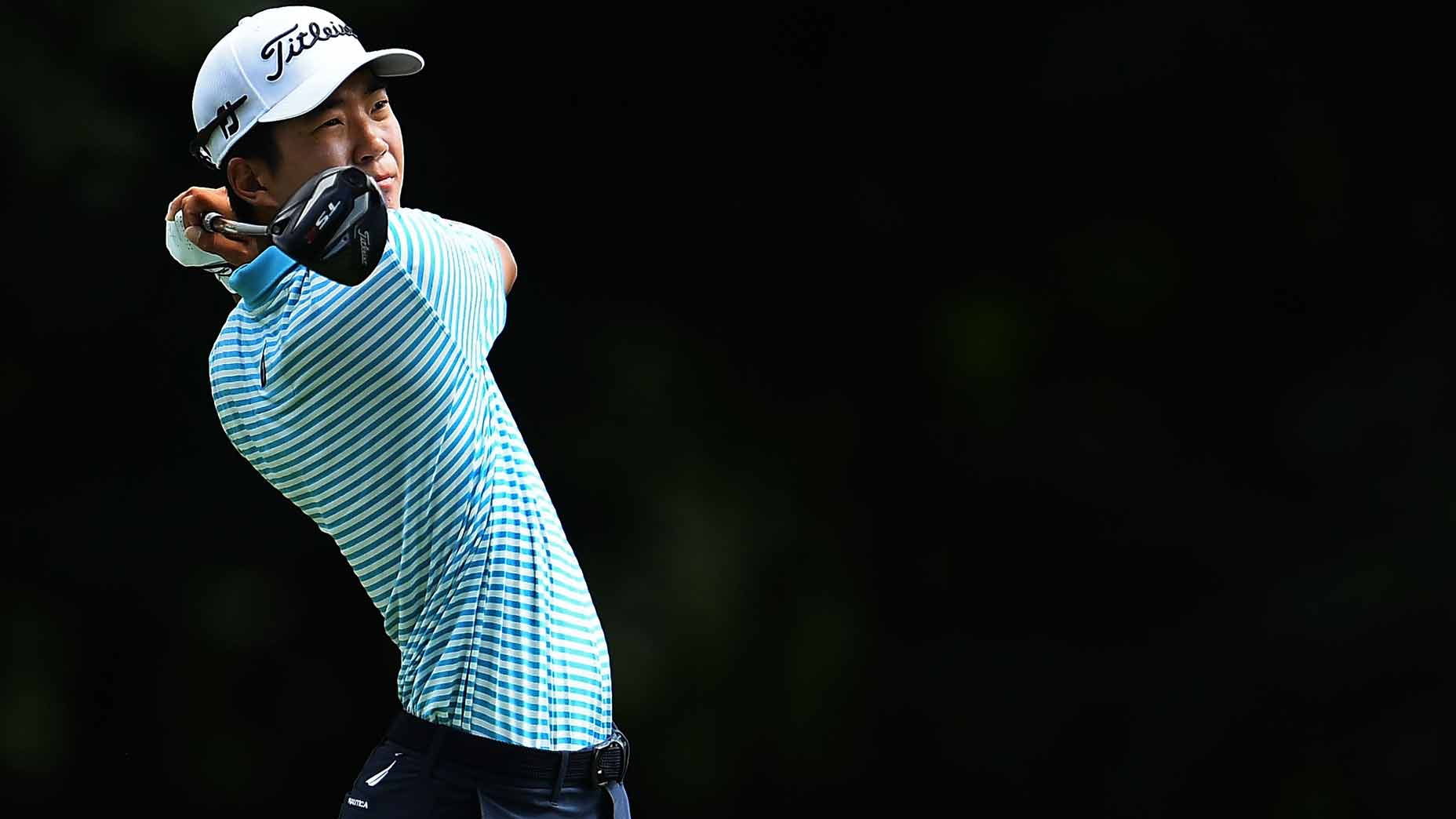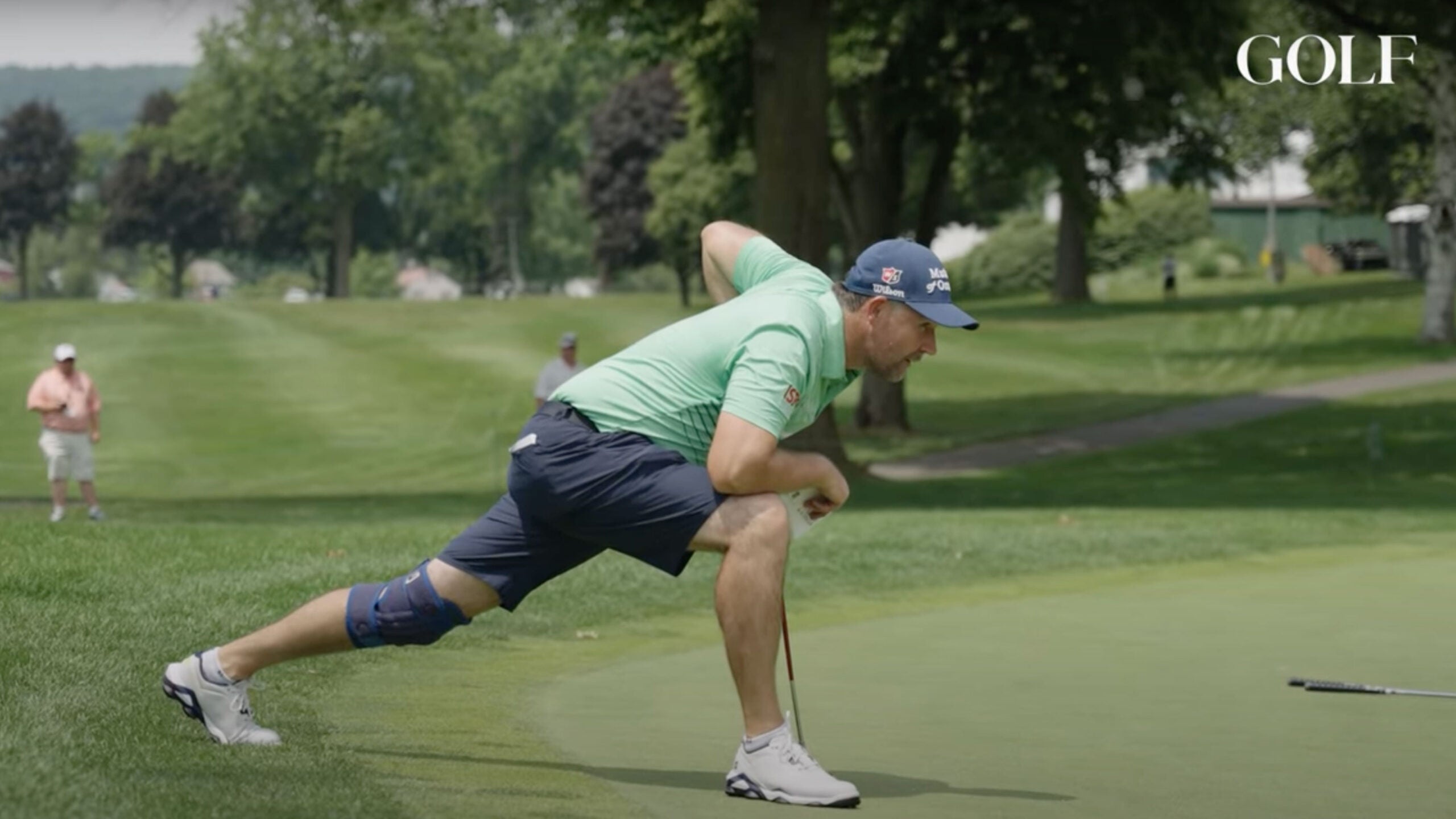How to watch the third round of the 2025 Arnold Palmer Invitational on Saturday, including full Arnold Palmer TV coverage for Round 3. The post 2025 Arnold Palmer Invitational Saturday TV coverage: How to watch Round 3 appeared first on Golf. How to watch the third round of the 2025 Arnold Palmer Invitational on Saturday,…
4 things a 2 handicap learned playing in his first Korn Ferry Tour pro-am
Our Jack Hirsh got to see some of the best players on the Korn Ferry Tour up close during the Magnit Championship Pro-Am. Here’s what he learned.
The post 4 things a 2 handicap learned playing in his first Korn Ferry Tour pro-am appeared first on Golf.
Our Jack Hirsh got to see some of the best players on the Korn Ferry Tour up close during the Magnit Championship Pro-Am. Here’s what he learned.
The post 4 things a 2 handicap learned playing in his first Korn Ferry Tour pro-am appeared first on Golf.
Picture this start to a fantastic day of golf: You arrive to an absolutely outstanding facility just after sunrise, enjoy breakfast before heading out to one of the more expansive practice facilities you have ever seen, plop your bag down behind a completely untouched patch of perfectly manicured grass before being asked a simple question.
“Would you like Pro V1s or ProV1x?”
There aren’t many better questions.
Last week, I was fortunate to be invited to my first pre-tournament pro-am on any major pro tour at the Korn Ferry Tour’s Magnit Championship. The Magnit Championship serves as the regular season finally for the Korn Ferry Tour and it’s held at Metedeconk National Golf Club in Central New Jersey (the existence of Central Jersey is a hotly debated topic, but for simplicity’s sake, we’ll go with it for now), just an hour from my home in Philadelphia. Both of our pros said it was the best course the Tour plays all year.
I’ve been fortunate to play with Tour pros before, including on the PGA Tour Champions when I was in high school at the then-First Tee Open, but not only am I a much more developed player now, it was a completely different experience.
Here are four things I learned playing in my first Korn Ferry Tour Pro-Am.
The sound is just different
I’m a pretty good golfer and I can hit the ball pretty far. I’ve been as low as a plus-1 handicap, but I currently carry a 1.6 index. With my driver, I sit comfortably around 115-118 mph clubhead speed resulting in ball speeds around 170 mph.
I don’t tell you this to toot my own horn, but more so for comparison’s sake because not only do I play with plenty of other golfers like me who are significantly better than me, I’m often asked why I didn’t play DI college golf or what the difference between me and a Tour pro is. The fact of the matter is, compared to these guys, I suck.
Nowhere is that more evident than the sound of the ball of their drivers.
We were fortunate to get paired with two fantastic pros. For our front nine, we were joined by Mason Anderson, a 25-year-old from Arizona who won earlier this year and is 14th on the Korn Ferry Points list. That means he’s in good shape to get a spot in the top 30 by season’s end and earn his PGA Tour card for next season.
Mason is 97th in driving distance this season averaging 302.7 yards off the tee. I didn’t hit too many good tee shots on the front nine, but I didn’t need to know Mason would have easily taken my money in a long-drive contest.
The sound of impact is this solid THWACK that I simply can’t produce. His swing is faster and he hits the dead center of the face more often than I can dream of.
You get a sense of this watching any professional tournaments, but playing with them gives you a new perspective.
Our other pro, Pontus Nyholm, is 33rd on Tour in distance at 317 a pop. I’ll let you use your imagination on how the ball sounds off his club.
These guys have done a lot of these
And, they’re just as much pros at playing their part to make an experience in a pro-am as they are Thursday to Sunday.
You play nine holes with one pro and then nine with another and you take a group photo (above) at the turn. Both Pontus and Mason grabbed their bags and knew exactly when and where to stand for our momento.
You could also tell they appreciated that all four in our group hit the ball relatively straight compared to the hacks they normally have to shepherd around a course.
But that didn’t mean they hesitated to give tips.
One of the players in our group, John Clark, a sports anchor for NBC Sports Philadelphia, has a swing that can be perfectly described by what I said to him on the first tee when I saw it: “Tell me you played baseball without telling me you played baseball.”
John is a fairly new golfer, having picked it up during the pandemic, like so many. It’s safe to say he’s hooked now as he said he just joined a club near his home outside of Philly.
He sets up to the ball just like a batter digging into the box, even points the club to the target from the hip like he’s calling a home run. But what Mason wanted to fix on the 8th tee was how he sucks the club back inside and then brings it back over the top, like a batter trying to line one to left.
Mason wanted John to take the club back outside and create space for him to shallow the club on the way down.
He tried it. Missle down the fairway.
The work for the week is nearly done
By the time Wednesday comes around, both players and caddies have a pretty good idea of their game plans for the week. With a 5-hour-15-minute pace, they would have had plenty of time to hit an extra ball here and there, but for the most part, they didn’t.
Both Mason and Pontus took a few extra putts and chips around the green, but that was the extent of the scouting the course was already done. There was little discussion on tees and for approaches about what to hit.
They both told me most of the game plan formation happens on Tuesday and Monday if they arrive early. Wednesday is about learning the nuances of the greens and estimating where pin locations might be.
That reminds me, the pins definitely won’t be where they were in the pro-am as some of them were cut on severe slopes to keep traffic off the parts of the greens where pins might actually be.
The difference is in the head
It truly takes a village for a player to make it to the PGA Tour. Of course, every player has a caddie, and both Trevor (Mason’s caddie) and Josh (Pontus’ caddie) were as nice and welcoming to us as the players.
But the difference can sometimes be more than just a great caddie-player duo.
Both Mason and Pontus told us they work with mental coaches to help them along and maybe get an edge on their fellow players.
It’s a common practice you see on the PGA Tour, but even at the Korn Ferry Tour, where resources are more scarce, players are still seeking the mental edge to get them to the top of the game.
The post 4 things a 2 handicap learned playing in his first Korn Ferry Tour pro-am appeared first on Golf.




